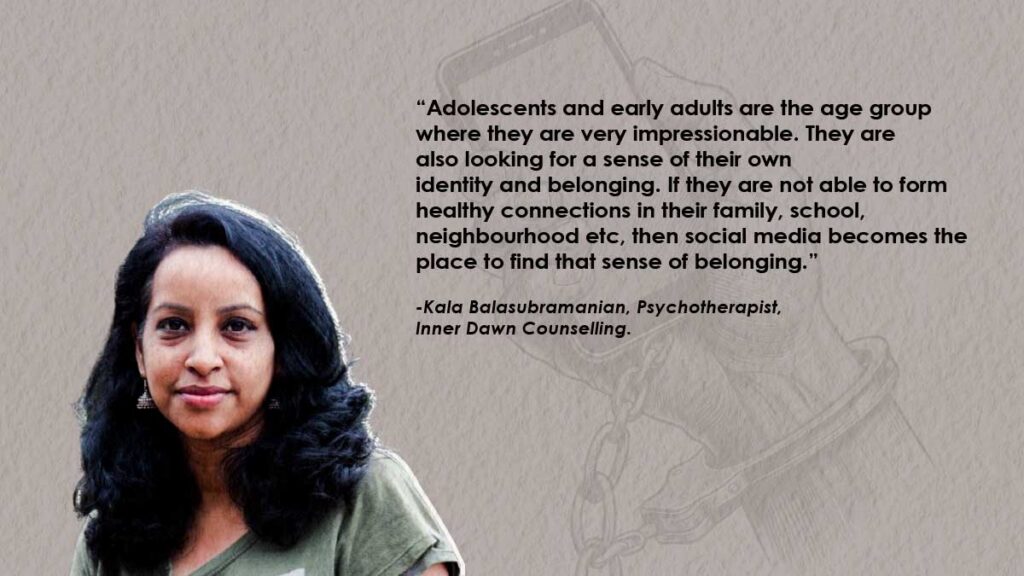Impact of Social Media Influence on Adolescents and Parental Concerns

The recent Netflix show called Adolescence, highlights the harm and injury caused based on a child’s social media influence and toxic online conversations.
Herzindagi.com invited Inner Dawn counsellor Kala Balasubramanian to offer her views on children/adolescents influenced negatively by social media, their views of the world shaped by dark forces online, and the need for parental supervision and control.
How social media influence and toxic online forums impact the world view and perceptions of children and adolescents?
Misogyny, patriarchy, and systemic oppression remain deeply embedded in our society. In the unfiltered world of social media, these forces not only persist but also amplify, shaping the perspectives of young minds in increasingly polarized ways. The illusion of online anonymity fosters a dangerous sense of impunity, normalizing harmful speech and emboldening real-world aggression.
The incel subculture, as highlighted in the series, is a stark and painful manifestation of this reality. What started as online hostility, hate-fuelled rhetoric, dehumanization, and targeted online attacks on women and others, does not remain confined to the digital space. It spills into the real world, leading to acts of violence and, in the most tragic cases, deadly consequences.
What are parents worried about?
In my recent experience of working with parents, the number of parents concerned about their children’s addiction to mobile phones and social media has definitely gone up. Risky sexual behaviour, unbridled online engagement, exposure to age-inappropriate content, online predators, or engaging in abusive online behaviour are significant worrying trends for parents. Technology and social media are here to stay. If that is a given, how do we protect our children from undue harmful social media influence.
I believe that it is important for parents to offer a warm, safe and accepting environment, where children can come and talk to them about any pressure, challenge or problems that they are facing. Silence from either side indicates that issues are being ignored or left uncovered. I understand that these are uncomfortable conversations, nevertheless it is more and more essential and necessary for the safety of the child today and for a healthy future of our society.
I believe the key to change lies in open, honest conversations and strengthening the bridge between parents and children. Young people should feel safe discussing these difficult topics with their parents, knowing they will be heard, supported, and guided. Creating this space for dialogue is crucial in fostering awareness, empathy, and resilience against harmful influences.
What is the level of parental control and supervision needed? How do we limit potentially harmful social media influence and toxic / inappropriate online content?
Parental control and supervision are essential, but true protection comes from education. It’s crucial to equip children at home, in school, in college, and other social setups, with the knowledge to recognize and navigate the harmful effects of social media overuse and abuse. It is absolutely essential to teach children empathy, boundaries, respect and consent. By fostering critical thinking and digital responsibility, we empower them to make informed choices that protect both their well-being and the well-being of those around them.
What is that we can do?
We all have a responsibility to act in whatever ways we can. It’s crucial to address harmful behaviour—both online and in real life—whether in groups, chatrooms, or social media spaces. Silence is not neutrality; it enables toxicity to grow unchecked. Speaking up and taking action are essential in pushing back against harmful narratives.
This conversation is more urgent than ever, given the alarming rise of toxic misogyny in our world. Now is the time to challenge it, educate, and create a culture that refuses to tolerate hate.
Inner Dawn counsellor Kala Balasubramanian’s views featured on HerZindagi.com
